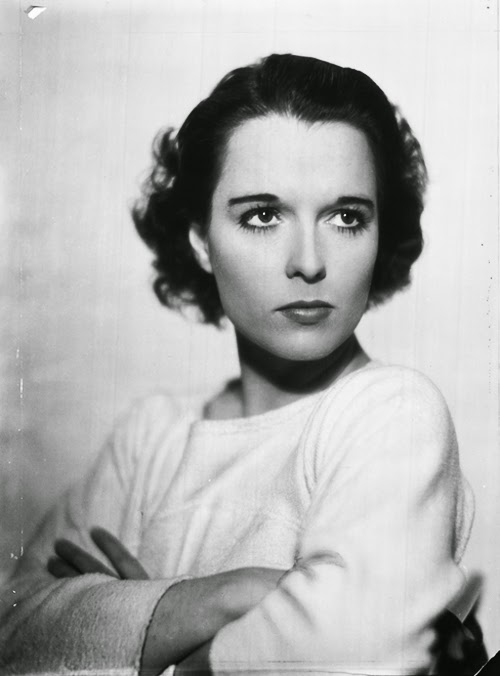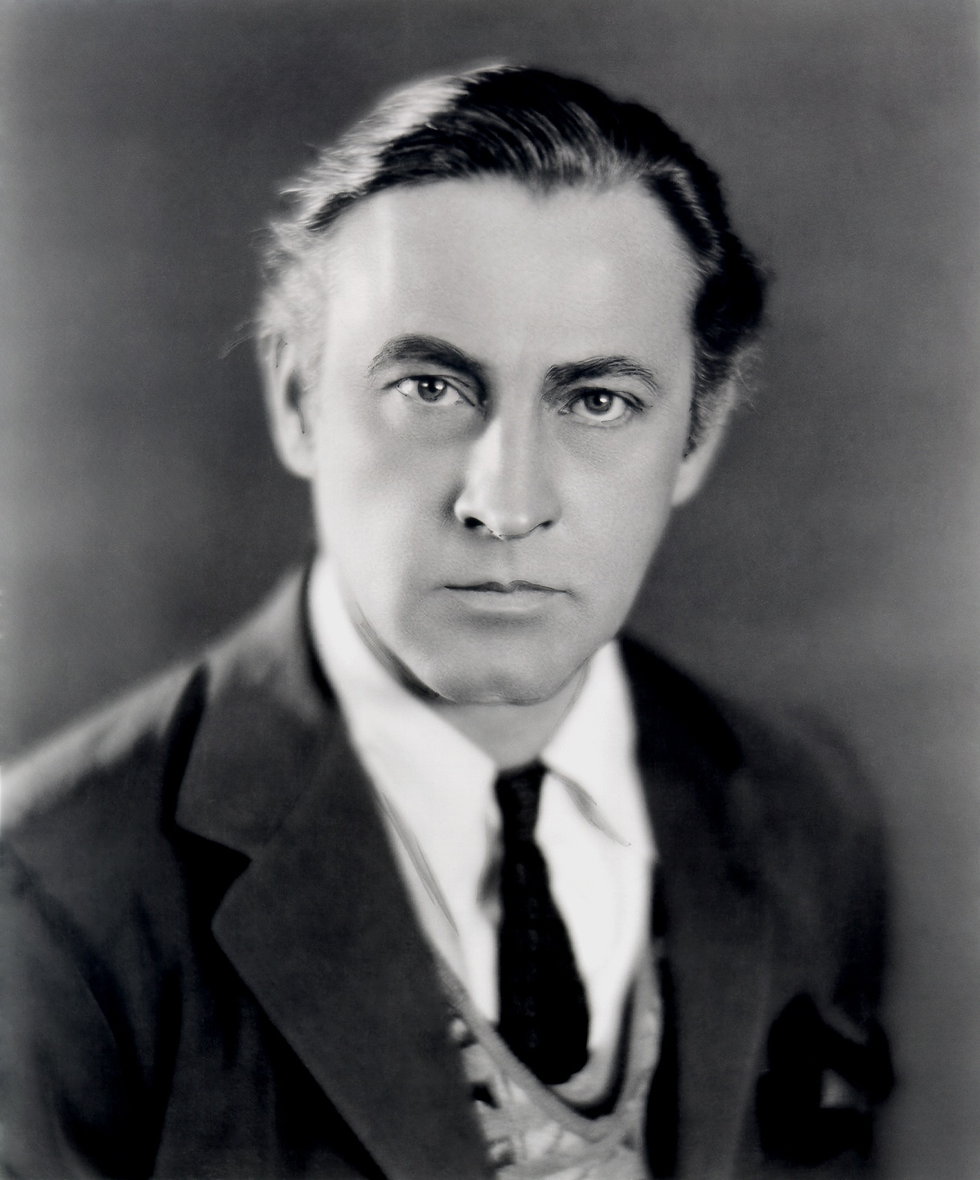Louise Brooks
- SilentCinemaSchool

- Jun 30, 2024
- 5 min read
Updated: Mar 26
What can be said about the dazzling Louise Brooks? Anything, if it means not having to explain my absence in recent months....apologies all around. Louise Brooks, the vivacious, worldly, trend-setting flapper - whose images are just as striking today as they were a century ago - has a LIFE STORY AND A HALF. But, because brevity is our motto; here’s the half of it. Links below (under “references”) for further reading!
1906 - 1985
IMDb: Louise Brooks - IMDb
Mary Louise Brooks was born in Kansas to a lawyer father and a pianist mother. One of her childhood friends? Vivian Vance, of “I Love Lucy” ! Young Louise, encouraged in the arts by her mother, took dance lessons with the best local instructors. She also loved reading, encouraged by her father’s large library. At an early age, Louise began performing as a dancer at community events, sometimes as far away as Missouri! Louise also loved going to the movies; her favorite star being a newcomer named Gloria Swanson. Ever heard of her??
Teen Louise
Many years later, Louise would write in her own memoirs that her hometown was a typical Midwestern community, whose inhabitants "prayed in the parlor and practiced incest in the barn." Naturally, this culture of abuse led to Louise herself being molested at a young age by a neighbor. When Louise disclosed the abuse much later on to her mother, her mother accused her of doing something to “lead him on”, victim-shaming that still exists today. Her mother’s parenting style? That any "squalling brats she produced could take care of themselves". And people think that’s a "new" sentiment...
As an adult, Louise acknowledged that the abuse she experienced affected her ability to love anyone for the rest of her life:
"As a matter of fact, I've never been in love. And if I had loved a man, could I have been faithful to him? Could he have trusted me beyond a closed door? I doubt it."
Chorus girl Louise
At the age of 14, Louise began drinking heavily. Wonder why?? At 15, instead of finishing high school, Louise joined the Denishawn School of Dancing in Los Angeles. The troupe toured nationally, and Louise (sometimes known as “Lulu”) even spent some time abroad. At the age of 17, she was dismissed from the troupe, with the founder telling Louise in front of the group that she “want[ed] life handed to you on a silver salver." At 17, most of us do, ma’am...
Louise quickly found work as a chorus girl in New York City, and thanks to a “nude photo scandal” (some things never change), she caught the eye of Walter Wanger, a colleague of Jesse L. Lasky’s at Paramount Pictures. Walter signed Louise to a 5-year contract, and “Lulu” was in pictures! Her first appearance was an uncredited small role, but she quickly began getting larger parts the same year.
"Beggars of Life" (1928): Onscreen love interests, offscreen bitter ex-friends
Louise’s fame grew and her distinct bob haircut became a sensation with women around the world. And then...in 1928, she filmed “Beggars of Life”. Which was in whole, a great film. But, not a great period for Louise. During production, (married) Louise had a brief... “encounter” with one of the stunt men. By the next day, he’d spread vicious rumors that she had V.D., and that she had caught it from a fling with... Jack Pickford (the wild brother of Mary Pickford)...
THEN (oh yes, then!), her costar Richard Arlen (of “Wings” fame) caught wind of what she’d been up to with the stunt man and got angry, as he was close friends with Louise’s then-husband. As a good friend, who wouldn’t disapprove? This naturally caused a rift between the costars during filming. On top of ALL OF THIS; the film’s director, William Wellman (also of “Wings” fame), repeatedly took risks during filming that caused him to clash with Louise. Having her climb aboard a moving train, nearly killing her in the process?? C’mon William. This ain’t “Wings”.
By the next year, Louise had become part of the wealthy elite’s social circle, which included newspaper magnate William Randolph Hearst. And, as so often happens when too much partying takes place, Louise found herself in a "compromising situation" with her closest friend (Pepi Lederer), who was a closeted lesbian. Once William Hearst learned of Pepi's secret, he arranged to have her sent to an institution, citing “drug addiction”. Which may have been, but likely was not, the real reason. Pepi, tragically, leapt from her window at the institution and immediately perished. The news, naturally, devastated Louise.
"Pandora's Box" (1929): Far too scandalous for the United States in the 20s
After losing her closest friend, Louise began to loathe “Hollywood” (as many do when it falls short of the stars in their eyes) and broke her contract with Paramount. Her then-boyfriend had suggested they go to Europe together and work with Austrian director G.W. Pabst. In complete defiance of her obligations, Louise agreed and off they went. Her risky decision led her to the film she is possibly best known for today - the edgy, risqué (for its time) “Pandora’s Box” (1929).
"Diary of a Lost Girl" (1929): ...'nuff said.
Following shortly on the heels of “Pandora’s Box” came her next job: “Diary of a Lost Girl” (also 1929), a story of the devastating harm that sexual assault does to a young woman’s entire life - a role that hit very close to home for Louise. Her acting style was similar to modern acting, as opposed to the melodramatic acting of the time. When audiences first saw her German silent films, they were heard complaining as they left the theater, "She doesn't act! She does nothing!". However, today...we totally get it, Louise. You did fabulously.
Upon her return to Hollywood, Louise made 2 more films - but because she’d been informally “blacklisted”, they were not very successful. When she defiantly left the country in 1929, Paramount attempted to call her back to record the sound version of her film, “The Canary Murder Case”, which had already been shot as a silent. Louise had given them the (figurative) middle finger, forcing them to find a different voice actress - and putting her on the infamous “do not hire” list.
By the 1940s and early 1950s, Louise had tried writing for a magazine, opening a dance studio, acting on radio, being a salesgirl at Saks Fifth Avenue... and being a “paid escort”. She had lived in Hollywood, back at home in Kansas and New York City. Louise recalled:
”I found that the only well-paying career open to me, as an unsuccessful actress of thirty-six, was that of a call girl ... and (I) began to flirt with the fancies related to little bottles filled with yellow sleeping pills.”
But you know what they say, it's always darkest before the dawn! In 1955, European film historians rediscovered Louise’s films, heralding her a movie queen whose beauty and talent surpassed the legendary Marlene Dietrich and Greta Garbo (which Louise found amusing). In 1957, a Louise Brooks film festival was held, bringing her into the public eye as never before. And in the midst of this - a film curator for the George Eastman House tracked down Louise, living as a recluse in her New York apartment, and talked her into moving closer to the House so that she could study cinema (seeing some of her own films for the first time!) and write about her career.
Well, the ever-spunky Louise, once just a “brainy showgirl”, got sober for the first time and eventually became a noted film writer. In the 1970s, she gave a handful of interviews, occasionally on film (see below). A collection of her writings, entitled “Lulu in Hollywood”, was first published in 1982 - and is still in print today! In 1985, Louise, a longtime sufferer of health complications, passed away from a heart attack. Her legacy, thanks to the unsung heroes of the 20th century also known as film historians, lives on well into the 21st century - and hopefully beyond!
References:


.png)














Comments